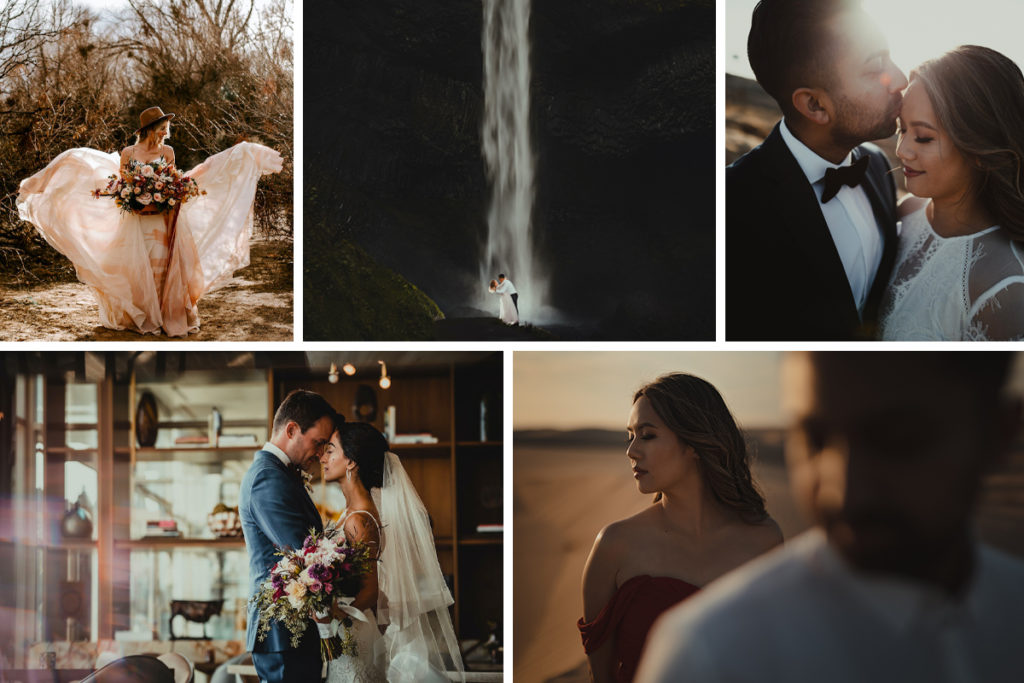The picture editing options at your disposal are more impressive than ever. Our picture editing tools may help you create eye-catching Instagram stories, enhance photographs for portfolios, and even change flamingos into clouds.
Powerful post-processing methods and filters, sometimes known as presets, characterize contemporary photography, regardless of genre. Nature and pet photographers depend on editing to highlight their subjects in uncertain circumstances. Wedding photographers utilize filters, such as black and white or vintage, to achieve appealing images in challenging lighting conditions. Sports photographers utilize filters in bright environments, including gyms and outdoors.
The sheer quantity of filters, presets, and editing tools available may be quite daunting. Beginning with the list below will prepare you to inspire and amaze, regardless of your chosen profession of photography.
1. HDR editing

HDR refers to high dynamic range, as opposed to short dynamic range. An HDR setting enables you to capture more of the details accessible to the naked eye. Your camera will take at least three photographs with various exposures. Next, you utilize picture editing software to combine the exposures. Next, using a configurable HDR setting, you may enhance the colors and deepen the shadows to your liking.
If you're taking a river shot on a bright day, your ordinary camera lens won't capture the piercing intensity of the sun's glare on the water or the depth of the willow's shadow on film. However, using HDR processing, you can create a photograph that closely resembles the amazing contrasts of that dynamic picture.
2. Retro and vintage

When you think of vintage or retro photography, you may think of an old 35mm SLR (single-lens reflex camera) or an antique camera from the 19th century. These cameras and their accessories are no longer readily available. Digital editing enables you to achieve a throwback feel without sacrificing the convenience and versatility of a modern camera.
Photo editing software, such as Photoshop and Lightroom, can achieve retro looks using a multitude of vintage filters — or “actions” — that impart predesigned monochromatic or saturation effects to photos. Or, you could use a preset that gives you more room to customize and work with the color balance, allowing you to dim things down, add grain, and create your own light leaks.
3. Black-and-white

Black-and-white photography is a timeless art form and so is the process of deciding which of your photos will look better in black and white.
You could shoot with black-and-white film, but it will limit your range during a photo session. What if some of your images belong in the full-spectrum world of color and others don’t? A black-and-white filter or preset gives you the best of both, letting you transform images that benefit from grayscale and leave others that come most alive in color.
Selecting a black-and-white preset is only the first step, however. Next comes altering the color values of an image, creating striking contrasts in grayscale.
For example, if you are shooting a portrait against a leafy backdrop, turning up the yellow filter will expose your subject’s skin tone, while turning down the green filter will underexpose the backdrop, allowing your subject to stand out with a lighter shade of gray. Ultimately, a black-and-white preset enables a surprising dynamism in photos that otherwise appear flat.
4. Clean editing

When you clean-edit a photo, you return the image to its natural state. Every photographer has been in a situation where, due to lighting issues or interruptions, their subject is distorted in the final photo. Nature photography, with its reliance on the unpredictable, is particularly susceptible to this phenomenon. With clean editing, you adjust things like sharpness, color temperature, and clarity to eliminate artificial distortions.
For example, say you are shooting a hummingbird. In the background, the light glints off the hard metal surface of a passing boat, which causes your camera’s focus to shift. You snap the photo, and the bird flits away.
With a clean edit, you’ll allow the viewer to see how the hummingbird looked hovering in the air, because you can eliminate the distraction that caused the camera to alter the subject’s image.
5. Matte effect

The matte effect is particularly in vogue now thanks to its emphasis on softening the contrast of light and shadow in images. This in turn reduces the photo’s sharpness and glare, bringing out the textures and allowing photo editors to adjust the mood to suit the moment.
The matte effect is popular in modern photography because of the history of matte painting in movies and TV. Painters create matte paintings as set pieces in scenes, which provide stylized backgrounds, such as futuristic cityscapes or immense, distant landscapes. Similarly for your photos, the matte effect can help you stylize to evoke emotion just as the movies and TV shows do.
For example, using the matte effect, soft-serve ice cream can appear even softer, and a dreamy, post-sunrise meadow landscape even dreamier.
6. Natural and soft
Another hot photo editing look comes from smoothing over light’s harsh edges. Popularized by smartphone camera settings like “vivid warm” and “dramatic warm,” these cozy images are all over Instagram and easy to create. Just apply a filter or work with the tone and presence in post-edits.
For example, the polarizer filter allows you to lessen the amount of glare. Doing so won’t fully alter the image you are shooting — it will still look natural — but it will soften up the lighting. In this way, you can diffuse the light and lower its polarizing influence so that a viewer’s attention goes to the subject of your photo instead of the unfiltered image’s bright, abrasive tone.
